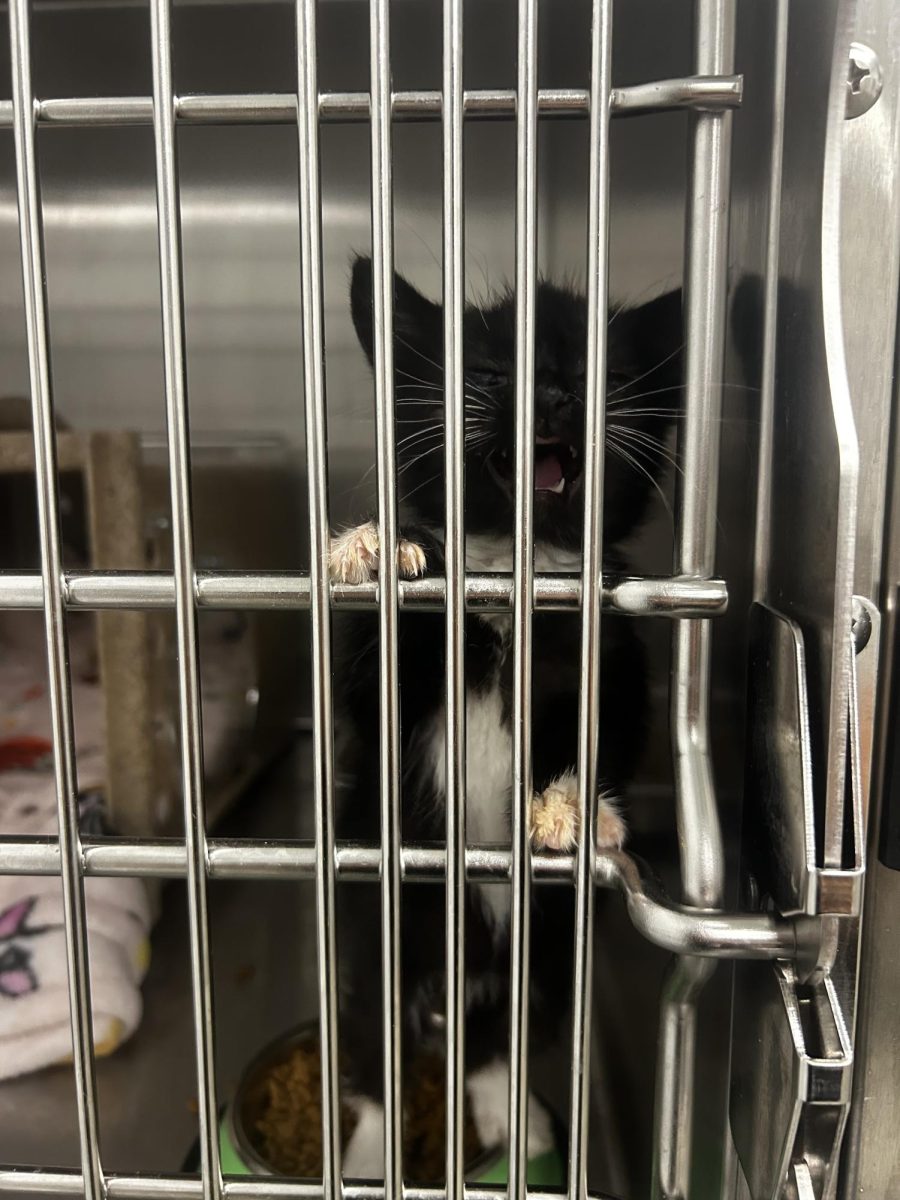Growing up, I was always attracted to anything red, especially red food.
Whenever I had drink options, I would immediately choose whatever was red. When it came to Jolly Ranchers, you would only see me eating the red ones. There was just something about the red flavor that I loved—it was always the sweetest and, to me, tasted better.
I routinely bought baked Flamin’ Hot Cheetos at school, which were so popular that some teachers would bring in extra bags to sell for a dollar each. At lunchtime, there were always kids munching on them even in the early mornings, their fingertips stained with the telltale bright red residue.
More recently, TikTok videos started appearing on my For You page with captions like “I love Red 40” or “Still liking Red 40 despite it being bad.” I had never heard of Red 40 until then.
It never occurred to me that the red dye might be dangerous.
After a quick Google search, I found that Red 40 is a synthetic color made from petroleum, mainly used in dairy products, sweets, and beverages. It is one of the most popular color additives used in food, including many of my favorite childhood snacks.
Not once were there any concerns about Red 40 brought up in my memorable years of high school. No parents ever spoke up about the meal choices offered to us, and no one retaliated against the selling of food that contained additives.
Artificial colors have long been thought to be a dangerous ingredient for our bodies, with claims dating back to the 1970’s linking dyes to heightened symptoms of hyperactivity. But are the claims true?
Many concerned parents question whether consuming large amounts of Red 40 can exacerbate attention-deficit/hyperactivity disorder (ADHD) symptoms. Some believe that, especially in kids, there is a sensitivity and allergy to artificial dyes, and this reaction may cause a chemical change in the brain.
So far, no sound evidence suggests that dye is responsible for hyperactivity in children; sugar is the most likely culprit. Parents should regulate their children’s sugar-soaked junk food intake more, not the amount of food dye.
The FDA agrees. Even after thorough research, it still approves the use of color additives. However, growing public and legislative pressure may force a federal ban. They have extended the public comment period for re-evaluating these additives, indicating that changes could be on the horizon.
Dr. Rebecca Bevans gave a TED Talk about the struggles her family went through with the effect of artificial dye on her seven-year-old son. After doing research and finding out that artificial dyes are linked to emotional disruptions in children, she decided to cut any dyes from her son’s diet.
“It was obvious that the dyes were causing some physical metabolic disruptions as well as psychological reactions,” said Bevans.
However, one major finding is that the effects vary from child to child, regardless of whether they have any pre-existing behavioral disorders. Currently, the FDA maintains that only some children can be sensitive to dyes.
That hasn’t stopped other government bodies from taking action in response to these raised concerns. California Gov. Gavin Newsom recently signed a bill, called the California Food Safety Act, enacting a ban on red dye 40, along with five other chemicals used in the food served in public schools, making California the first state to ban additives. There may be no more Hot Cheetos at lunch.
Many things that we consume every day can be bad for us. People still eat fast food, drink soda, or consume many sweets a day regardless of the known harm they cause due to fats and sugar. Simply educating people is far more effective than outright banning dyes, and parents may find it more beneficial to simply control their own children’s diets.
















